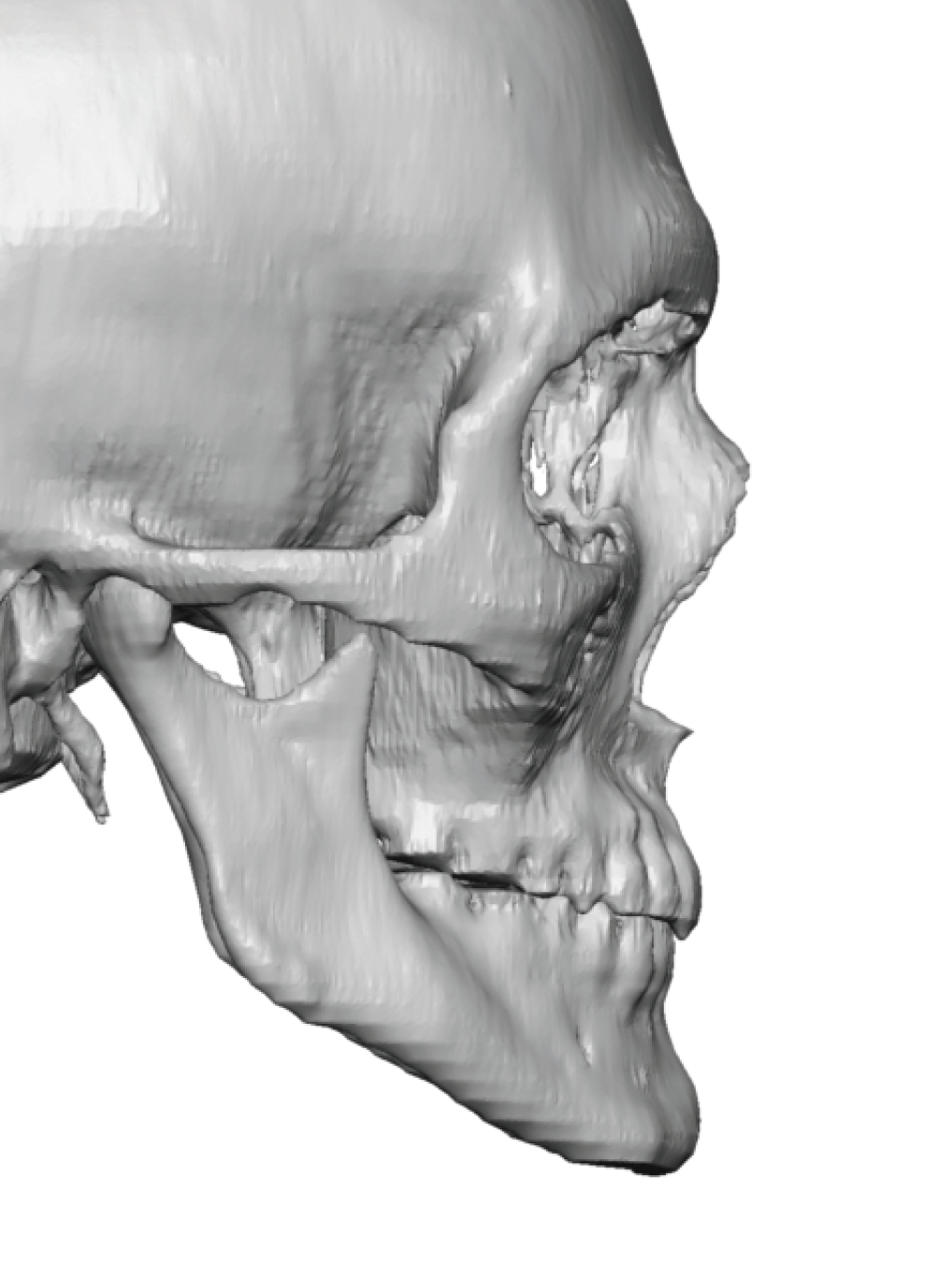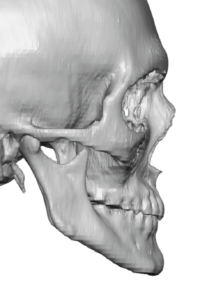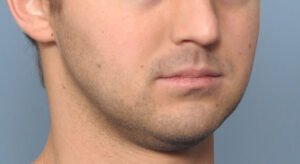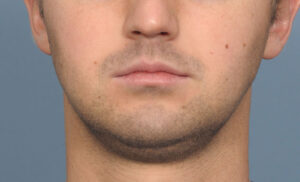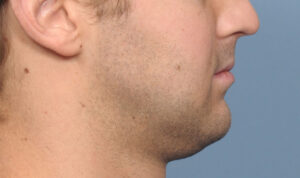Background: Improving the shape of the jaw is one of the most challenging of all facial augmentations. It is.a complex bone by facial standards and is also the largest surface area in the face to augment. In addition the type of dimensional changes needed in the chin are different from what is needed in the jaw angles. Combining the chin and jaw angle changes needed to achieve any patient’s aesthetic goals requires a complex preoperative design that a custom jawline implant approach is best suited to address.
One of the many types of lower facial/jaw deficiencies is that of being too narrow. The chin may or may not have adequate horizontal projection. Most of the time it is at least slightly horizontally deficient but the real jaw deficiency is located at the jaw angles. High jaw angles, which can be measured at greater than a 120 degree open angle, can also have a narrow width to them. Such high and narrow jaw angles makes it look like part of the back part of the jaw is missing.
A custom jawline implant provides the best chance of normalizing the high jaw angle/narrow face patient. Being able to being the angles down and out creates more facial width and improves the patient facial balance.
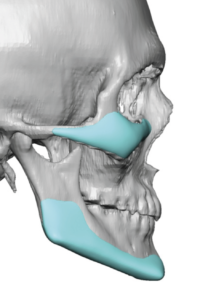
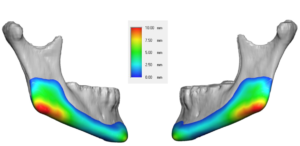
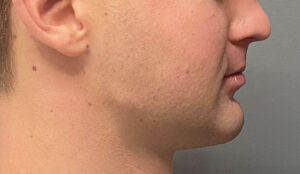
In lowering the jaw angles the face will get naturally wider as the soft tissues below roll up over the sides of the implant. So there is a balance in the implant’s design of how much vertical elongation and width should be added when factoring in the soft tissue effect. As a result it is easy to over estimate how much jaw angle lowering is really needed.
Case Highlights:
1) Custom jaw implants can be used to either normalize a deficient jaw shape or enhance a normal one.
2) When the jaw deficiency is greater in the angles than at the chin it will create a narrow facial shape.
3) A custom jawline implant can be designed to create a greater augmentation effect at the angles than at the chin.
Dr. Barry Eppley
World-Renowned Plastic Surgeon

